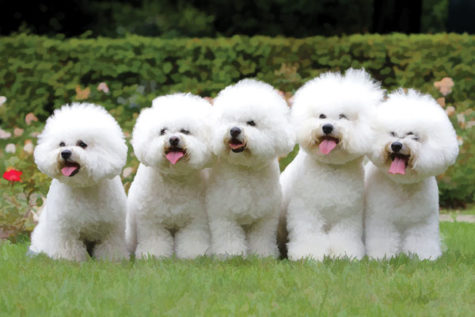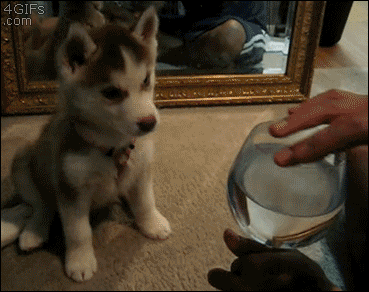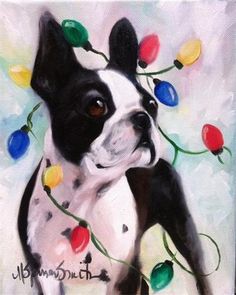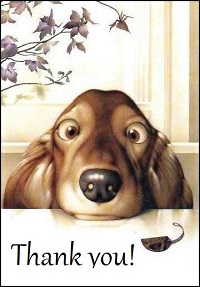Spotlight On Bichons
A cheerful, happy dog, the Bichon Frise is small and sturdy with a dark-eyed inquisitive expression and a plumed tail it carries merrily over the back. The breed is often compared to a cotton ball due to its curled double coat, which consists of a textured outer coat and a silky undercoat. The coat must be white, but may have shadings of buff, cream or apricot around the ears or on the body.
- General Appearance
The Bichon Frise is a small, sturdy, white powder puff of a dog whose merry temperament is evidenced by his plumed tail carried jauntily over the back and his dark-eyed inquisitive expression.
- A Look Back
The Bichon Frise appeared in the 13th century as a descendent from the Water Spaniel. Because of their merry disposition, they traveled much and were often used as items of barter by sailors as they moved from continent to continent. The dogs found early success in Spain and it is generally felt that Spanish seamen introduced the breed to the Canary Island of Teneriffe. In the 1300s Italian sailors rediscovered the little dogs on their voyages and are credited with returning them to the Continent, where they became great favorites of Italian nobility. Often, as was the style of the day with dogs in the courts, they were cut “lion style.”
The “Teneriffe” or “Bichon” had success in France during the Renaissance under Francis I (1515-47) but its popularity skyrocketed in the court of Henry III (1574-89). The breed also enjoyed considerable success in Spain as a favorite of the Infantas, and painters of the Spanish school often included them in their works. For example, the famous artist, Goya, included a Bichon in several of his works.
Interest in the breed was renewed during the rule of Napoleon III, but then waned until the late 1800s when it became the “common dog”, running the streets, accompanying the organ grinders of Barbary, leading the blind and doing tricks in circuses and fairs. Although the breed’s colorful past includes use as a circus dog, today the Bichon is enjoyed primarily as a companion animal.
On March 5, 1933 the official standard of the breed was adopted by the Societe Centrale Canine of France. As the breed was known by two names at that time, “Teneriffe” and “Bichon”, the president of the International Canine Federation proposed a name based on the characteristics that the dogs presented – the Bichon Frise. (“Frise” refers to the dog’s soft, curly hair.) On October 18, 1934 the Bichon Frise was admitted to the stud book of the French Kennel Club.
- Right Breed for You?
The Bichon is a naturally gentle, playful dog. He loves activity and requires regular exercise. His hair grows continually and does not shed, so extensive grooming is a must to prevent mats. Bichons also tend to be a good breed for allergy sufferers.
- Temperament
Gentle mannered, sensitive, playful and affectionate. A cheerful attitude is the hallmark of the breed and one should settle for nothing less.
If you are considering purchasing a Bichon Frise puppy, learn more here.
Source: The American Kennel Club, Inc.
- Dog Training School Pics by shirleytwofeathers - 1 Comment
- Some Cute Dog Quotes by shirleytwofeathers - No Comment
- Training Do’s and Don’ts by shirleytwofeathers - No Comment
- Holiday Toxins and Dangers by shirleytwofeathers - No Comment
- Four Good Reasons To Train Your Dog by shirleytwofeathers - No Comment
John kleist: Dog Training School Pics




Leave a Reply